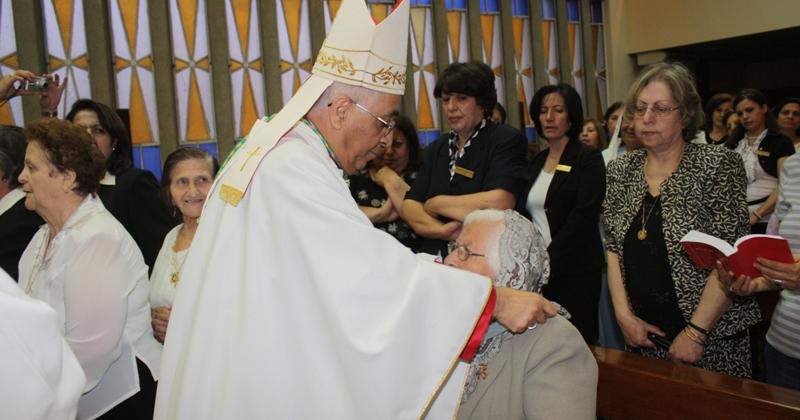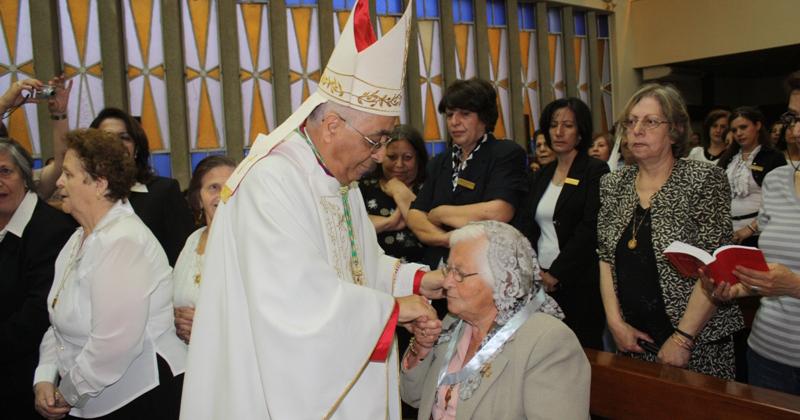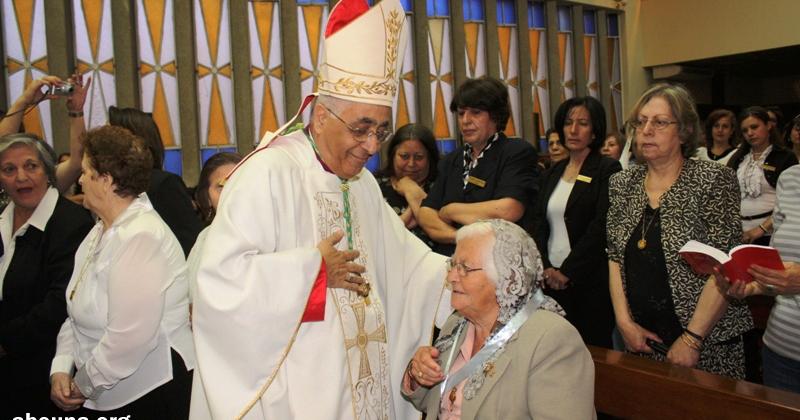Although the Pope was saddened by the disloyalty and betrayal of the two collaborators whom he had trusted, he is not concerned about the fact that the content of the documents was made public: after all, it was the Holy See that had called for the investigation. Rents from Vatican properties help the missions but reforms need to be made to the way they are managed.
The Pope “has not lost his cool”, those who met him yesterday confirm he is calm and determined to move ahead with the reforms, first and foremost the reform of the management of the Holy See’s real estate assets and the rents attached to these. Francis’ response to a question about the Vatican property holdings scandal, was terse and to the point: “There is going to be change”.
The Pope is deeply disappointed by the betrayal and disloyalty of the two individuals under investigation over the second Vatileaks scandal: Spanish priest Lucio Ángel Vallejo Balda and PR woman Francesca Immacolata Chaouqui. But he is not worried about the content of the leaked documents being out in the open as they were the fruit of an in-depth investigation which he himself had pushed for in order to proceed with the reforms. Among the reforms he intends to implement straight way, is the management of the Holy See’s property holdings, the houses and apartments managed by APSA and Propaganda Fide.
“Francis has not lost his cool, even in the past few days, not even following confirmation of the arrest of the two members of the COSEA commission who leaked the documents that were eventually published in the two recently published books,” one of the figures closest to the Pope told Italian newspaper La Stampa. He added: “The Holy Father is saddened by the betrayal of the two disloyal collaborators, but he is not in the least bit concerned about the contents of the published documents.”
In the past few days, Pope Francis has been in constant contact with the collaborators who are assisting him with ongoing investigations. But the picture that emerges from the books published by journalists Emiliano Fittipaldi and Gianluigi Nuzzi is not new to the Pope. He has been fully familiar with it for some time now. “It was the Vatican that wanted a thorough and in-depth investigation in the first place,” said the monsignor who is part of the papal entourage.
Judging by what happened, Francis “does not believe there is a conspiracy underway”. As he has reiterated to those who have met with him in recent hours, the incident was an act of “betrayal and disloyalty” on the part of two people whom he trusted completely. One of them, Francesca Chaouqui, is now trying to drag all sorts of third parties into what happened. Bergoglio does not seem in any way regretful of his decision to appoint a commission to look into Vatican assets and to create the Secretariat for the Economy placed under the leadership Cardinal George Pell. He has, on a number of occasions, recalled that in the first weeks of his pontificate, the 15 cardinals in charge of assessing the Holy See’s economic situation felt the need to involve some experts, perform a screening and create a unified dicastery in charge of elucidating expenses and managing resources. “COSEA was the first instrument used in this initial stage”.
One of the most controversial issues that emerges in Fittipaldi and Nuzzi’s books is the management of Peter’s Pence, the money which faithful from around the world donate to the Pope as a sign of their shared concern for the many different needs of the Church and for the relief of the neediest. According to the figure given by the two published texts, in 2012, more than half of these donations worth millions, went towards smoothing out the Holy See’s bank statements and towards supporting the Vatican’s 180 diplomatic missions across the world. “Francis knows that this is normal,” his collaborator stated, “because this is a donation made to the Pope and there are moments of economic and financial crisis that require a portion of these funds to be used to restore a balance to financial statements”. It had happened before in the past and to a much greater degree: in 1995, Cardinal Edmund Szoka, former President of the Governorate, announced that a surplus had been reached for the first time in 23 years and that the entirety of Peter’s Pence did not have to go towards covering the Holy See’s deficit. That means this had been the case for a long time.
Francis was not at all surprised by the news about the “resistance” COSEA met along the way. Francis illustrated this with an example he is particularly fond of: there was one Vatican dicastery where a significant sum of cash was found, stashed away in a cupboard. He also mentioned the example of a cardinal’s funeral. The cardinal had only recently passed away and the funeral company the Vatican had always used, asked for a fee of € 9000. The master of ceremonies asked for quotes from other companies, which were half the price, so the old firm halved its own price. “Now, thanks to the reform work being carried out, three quotes are required” before a decision is made.
Pope Francis knows he is at a crossroads. He knows about the existing opposition and the difficulties the Secretariat for the Economy faces. He is also informed about the state of properties belonging to the Vatican or to entities and foundations with links to the Holy See. Francis’ collaborator confided: “The Pope recently told me the Vatican possesses assets that are humanity’s assets which we only look after. There is also a great deal of real estate. The rents paid help keep the Roman Curia functioning and also much of the missionary work carried out, many social works, hospitals, schools.” But the management of these properties and rents is one of the upcoming items for reform. “There is going to be change,” Francis assured.


